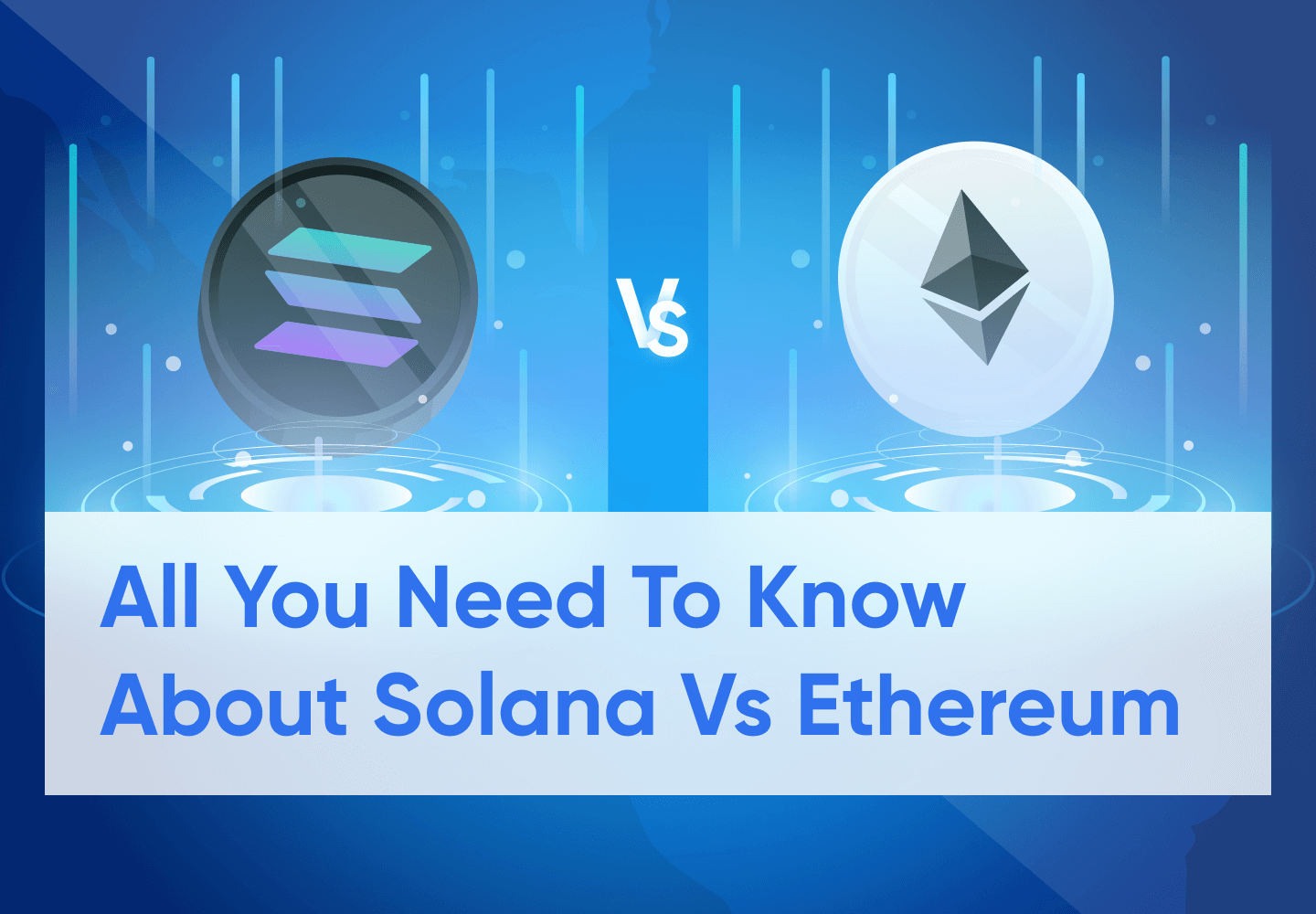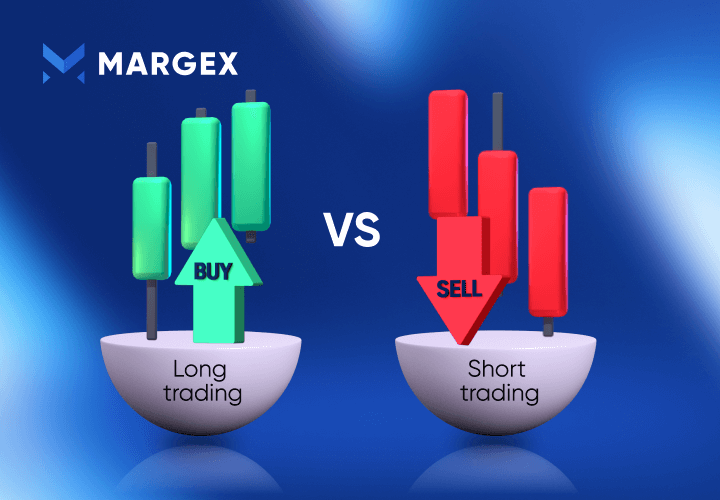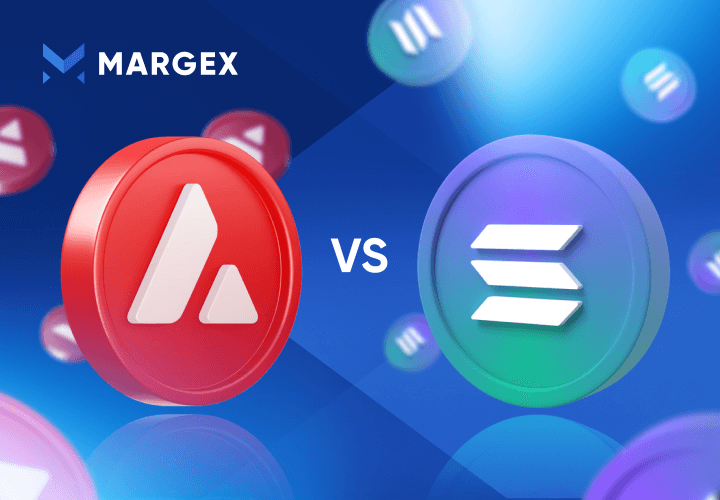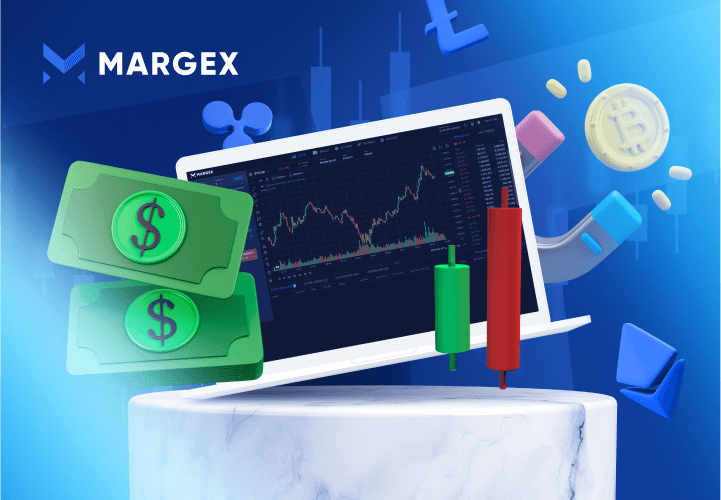A famous statement goes, "The first shall be the last, and the last shall be the first." However, starting first in a continuously innovative industry does not always guarantee dominance, especially when you stop innovating. There's always room for a new project somewhere to pose a threat or eventually overtake you.
Ethereum has been a pioneer but has suffered many setbacks due to scalability issues, spurring many other projects into action to gain market share by filling in the gaps left open. However, Ethereum has refused to stop innovating to keep its top spot, which has created a fierce battle in the crypto space on who will dominate the decentralized economy.
In this article, we want to consider one of the many competitors threatening the Ethereum network and has a slot in the top 10 cryptocurrencies worldwide, Solana. We'll be having a Solana vs Ethereum, SOL, ETH duel. Let's explore.
What Is Solana, SOL?
Various sources are stuck between classifying Solana as a third-generation or fourth-generation blockchain. Nevertheless, whichever option you choose, Solana is a hybrid blockchain platform that relies on open-source technology to support the most significant amount of scalability.
The Solana blockchain is built to support smart contracts and the development of decentralized apps, just like the Ethereum network. NFT marketplaces are just one example of the numerous decentralized finance services and apps available.
With one goal in mind—increased scalability, transaction speed, throughput, and a markedly lower transaction cost—Anatoly Yakovenko developed it in 2017.
By using a multi-layered consensus process that combines Proof-of-History(PoH) and Proof-of-Stake(PoS), Solana can accomplish its lightning-fast transaction speeds per second (TPS).
Furthermore, with its scaling feature built right into its main chain, the Solana blockchain is a Layer 1 lightning-fast blockchain, unlike Ethereum, which requires layer-two scaling solutions to have any chance of scalability and lower transaction costs.
The number of projects vying to become the "Ethereum killer" that takes over the blockchain platform and eliminates the issues Ethereum is plagued with is growing. One of those initiatives is Solana, which is a serious candidate for domination and is high up in the queue.
SOL, the Solana network's native token, is one thing we must not overlook. The network is managed by the utility and governance token. SOL token can be staked to earn passive revenue or gain holder-specific privileges within the network because it operates on an enhanced Proof-of-Stake consensus mechanism.
The maximum supply of SOL is currently unknown but has a total supply of 511 million SOL and a circulating supply of over 345 million SOL. As of the time of writing, the Solana network has a market capitalization of $12.7 billion, a 24 hrs trading volume of $1.2 billion, and a live price of $36.91.
Solana explained: how does it function?
By combining the Proof-of-Stake (PoS) and Proof-of-History (PoH) methodologies, Solana adds a nice twist to its consensus mechanism. With this Proof-of-History method, immutable timestamps of platform events (transactions) are hardcoded into the Solana blockchain and recorded using a cryptographic clock.
The typical Proof-of-Stake algorithm validates a block by requiring unanimous confirmation from all validators before a proposed block can be added to the blockchain. However, the Proof of History expedites the procedure by mandating that each validator or node turn on a cryptographic clock that keeps track of the time each transaction occurs and then posts that information to the blockchain.
The node captures the transaction's time via the cryptographic clock and sends it to the blockchain, which logs it in chronological order, rather than waiting for each validator to validate a proposed block. As a result, Solana can handle more transactions in a second, thanks to the Proof-of-History principle. Additionally, PoH can be categorized as a triple function consensus and a verifiable delay function (VDF) on a different level (setup, evaluation, verification). PoH can deliver reliable and distinctive outputs thanks to these features.
Solana network: the good and bad
One aspect that sets Solana apart from the numerous initiatives vying to surpass Ethereum is its breakneck speed. However, if you remember the blockchain trilemma that states: that a blockchain is based on decentralization, security, and scalability — and it is impossible at any moment to have all three present in full strength, you'll find it true in Solana's network.
Solana has largely compromised on complete decentralization to maximize the speed possible on its platform. This possibility of being centralized goes against the core of why blockchain exists.
Despite this, the Solana blockchain has drawn a large number of programmers and designers, processing tens of thousands of transactions each day and having a substantial user base. This indicates that many individuals are prepared to make concessions in favor of increased speed and decreased transaction costs.
The Solana blockchain has had at least six outages, the longest of which lasted for almost 12 hours, raising concerns about the security of the Solana network. Overall, Solana provides unrivalled speed at the expense of uncompromised security and total decentralization.
Solana price prediction
Financial markets are subject to utter uncertainty in the future, particularly in light of the recent launch of cryptocurrencies. Several data analytics companies use complex algorithms to estimate a coin's potential value in two, three, or five years.
By the end of 2022, according to companies like Gov Capital, CoinGape, CoinPriceForecast, and Capital.com, SOL might reach $263.5, $150, $58, and $42 correspondingly.
What Is Ethereum, ETH?
Ethereum is an open-source programmable blockchain. The word "programmable" is important to understand and distinguish Ethereum since it is often tied to Bitcoin.
Ethereum is a technology built on the legacy of Bitcoin, which is the first major blockchain to actualize peer-to-peer transactions without the aid of a payment service or central authority. Bitcoin was primarily made to be a payment medium and nothing else outside of it. This made its blockchain "unprogrammable" to suit any other application.
Ethereum, launched in 2015, envisioned a much larger virtual economy that goes beyond enabling peer-to-peer transactions to hosting other applications. Some of which include decentralized finance services, the creation of decentralized applications, blockchain games, and social networks without a central authority — all using its blockchain as their database.
The programmability of Ethereum's blockchain enables all of these use cases and many more yet to be created. For example, Ethereum provides banking for everyone without access to traditional fiat currency through an internet connection, creates a more private internet experience for users, enables peer-to-peer transactions, is highly censorship-resistant, improves commerce, and allows composability for apps built on its blockchain.
Ethereum is second only to Bitcoin and retains several titles like "Bitcoin Killer" and "the largest and most secure decentralized network," among others. To date, Ethereum has over 2,900 projects built on its blockchain, over 71 million accounts holding its cryptocurrency, Ether(ETH), hosts over 50 million smart contracts, has moved over $11 trillion in value through its network as of 2021, and has earned creators on its blockchain over $3.5 billion in 2021.
Ethereum has its native digital currency called Ether(ETH). It serves as the liquidity of the Ethereum network and can also be staked by a number of users to earn certain rights within the community as regards voting and governance. Ether(ETH) has a total and circulating supply of 121.7 million ETH. However, its max supply is unknown and, as of the time of writing, has a market cap of $198.3 billion, a 24 hr trading volume of $24.6 billion, and a live price of $1,629.84.
Ethereum explained: how it functions?
Ethereum is a programmable blockchain that works on the Proof-of-Work consensus mechanism using solidity as its base programming language. It uses smart contracts to enable the decentralized operations of the applications on its blockchain. So what are smart contracts and Proof-of-Work?
Smart contracts are mini law-enforcers on the Ethereum blockchain. They are computer programs that trigger when the terms of an agreement between two users, an app and a user, a creator and a user, etc., are met. Being a computer program means it can be embedded into different applications as long as it is hosted on the Ethereum blockchain platform.
Since Ethereum is a community-centred network, Proof-of-Work is how participants on the network come to a consensus on which blocks are valid and should be added to the blocks of data on the Ethereum chain. The process involves a group of people called miners to solve complex mathematical simulations at the fastest time possible to confirm transactions and earn block rewards(ETH) while doing so. It is quite capital and energy-intensive, requiring sophisticated computational resources.
Ethereum network: the good and bad
Ethereum is a pioneer blockchain network, leading the charge in creating a completely decentralized ecosystem. Its ecosystem has birthed decentralized financial services such as decentralized exchange, yield farming platforms that have changed lives and impacted communities.
A major problem Ethereum faces is scalability due to the consensus mechanism it currently adopts. As a result, the Ethereum network cannot currently manage the number of people seeking to use its network. This causes congestion on the platform, sends the fee for transactions off the roof, and reduces the number of transactions that can be processed daily. To fix this, Ethereum plans a shift to Ethereum 2.0, where it adopts the Proof-of-Stake consensus mechanism that allows for more scalability.
Ethereum is also currently unfriendly to the environment due to its consensus mechanism that consumes a lot of energy and emits CO2 into the atmosphere. It also hopes to correct this through the Proof-of-Stake consensus mechanism that consumes far less energy, cutting the power consumption by 99.5%.
Ethereum has also never experienced any outage since its inception, which attests to the platform's security.
Ethereum price prediction
Ethereum, alongside other cryptocurrencies, was hit with a massive decline in 2022 after an impressive bull run in 2021. However, despite the price drop, experts are optimistic about Ethereum climbing up a few thousand dollars ($4,000 - $6000) at the end of 2022 due to its gradual shift into Ethereum 2.0 that increases functionality and meets the demands of users — creating more appeal to users outside the network.
Similarities Between Solana Vs Ethereum
Decentralized economy
Solana shares the goal of a decentralized economy alongside the pioneer, Ethereum. Both platforms enable smart contracts to host various decentralized applications, decentralized finance services, and social networking platforms.
Blockchain trilemma
The blockchain trilemma is something every blockchain platform faces in the development stage. It states that no blockchain platform can have decentralization, security, and scalability working simultaneously — one has to be sacrificed. In the case of Ethereum, it has decentralization and security but suffers scalability. While Solana compromised on complete decentralization to provide maximum speed. Its security is also in doubt as it has experienced six outages.
Layer 1 blockchains
Ethereum is a Layer 1 blockchain but needs the help of layer 2 blockchains to scale. Solana is also a Layer-one blockchain but has scalability integrated into its main chain.
Differences Between Solana Vs Ethereum
Consensus mechanism
Solana is a Proof-of-Stake blockchain technology, while Ethereum uses the Proof-of-Work consensus mechanism. There are plans within the Ethereum network to move to Ethereum 2.0 that works on Proof-of-Stake to enhance scalability, but that won't occur until 2023.
Scalability
Scalability is often measured by how much a network can take in transactions per second, per day, active participants on the network per time, among others. For example, Solana currently handles over 50,000 transactions per second(TPS) and has a latency time of 0.4secs while Ethereum can handle about 15 TPS.
Transaction fees
Ethereum is already well known for its ridiculous gas fees due to congestion on its network. This gas fee used to range from $20 to as high as $100 on some bad days. However, Solana offers one of the lowest transaction fees in the business right now, charging as low as $0.00025 per transaction.
Note: Ethereum's gas fee dropped earlier in May 2022 to average $1.50 per transaction.
Solana vs Ethereum, key differences chart
Bottom Line
Regardless of how many projects surface in the world of cryptocurrency, it is mainly suiting to see more and more people working tirelessly towards actualizing a completely decentralized economy where financial and social barriers are broken.
Cryptocurrencies are an exciting asset class and have gained much traction due to their volatility. If you need an easy-to-use platform to get started with your crypto journey. In that case, you can get started on the Magrex platform, which provides all the necessary tools you'll need to be profitable from the rise and fall of any cryptocurrency.
FAQ
Here are some common questions about Solana and Ethereum.
Is Solana more secure than Ethereum?
Solana is currently far from being more secure than the Ethereum network. Only a few can currently measure up to Ethereum in terms of security aside from Bitcoin.
Will Solana overtake Ethereum?
Solana is a self-acclaimed "Ethereum killer" since it offers the same thing as Ethereum but with a much lower transaction fee, faster finality time, higher throughput, and others. However, this is not enough to conclude that Solana could take over Ethereum as Ethereum is also working to fix its current major problem, scalability, and will offer the same services at a lower and faster rate.
Will Solana be bigger than Ethereum?
Ethereum already has the first mover's advantage and has maximized it so well to become the largest decentralized ecosystem in the world. However, Solana has grown tremendously in a few years and has processed billions of transactions already. Anything is possible, but it's unlikely that Solana will become bigger than Ethereum anytime soon(unless something drastic happens).
Is Solana the best cryptocurrency in the market?
Solana has shown to be a promising cryptocurrency on its part through its numbers, but it is not the best cryptocurrency in the market. It is currently number 9 in the world according to Forbes Advisor on their list of top 10 cryptocurrencies in the world, 2022.
Is Solana going to replace Ethereum?
Solana is not the next Ethereum and will not easily replace Ethereum. Instead, Solana is another great addition to the cryptocurrency market that offers decentralized services like Ethereum.
Is Solana overvalued?
Solana has indeed recorded a large volume of transactions on its blockchain and an influx of participants in the last year, which saw it rise rapidly in price. So it is fair to say it is rightly priced, but you can go ahead with further research to get factual data.
Should i invest in Solana or Ethereum?
You will have to make this decision yourself after doing the appropriate research. Both projects have proven to be solid. You can see that in their seats on the top 10 cryptocurrencies in the world. However, choosing which one to invest in is a matter of research and choice.





